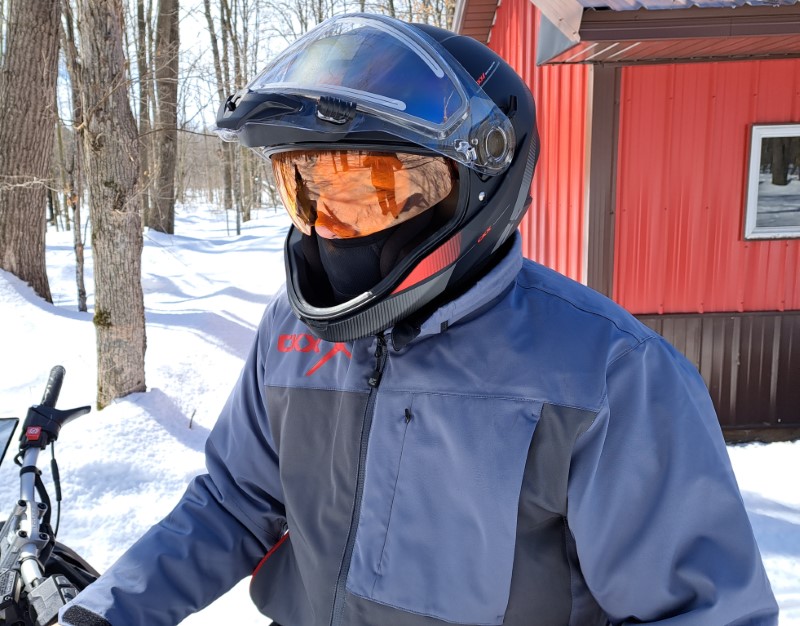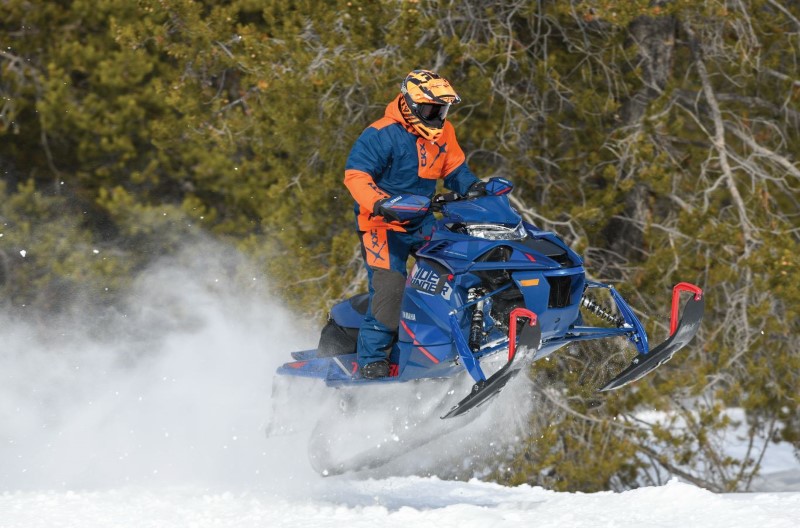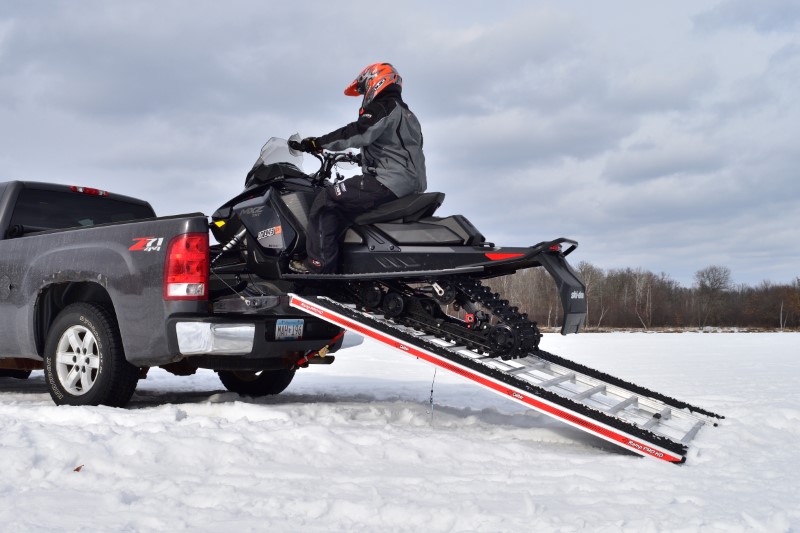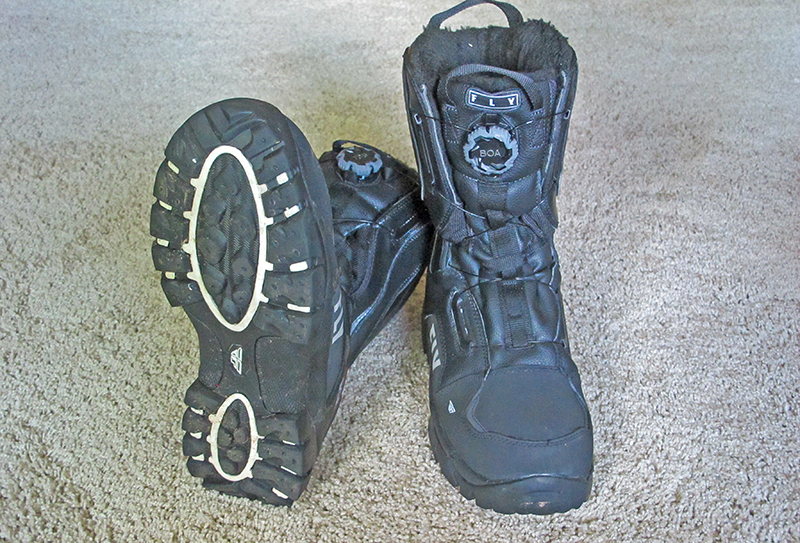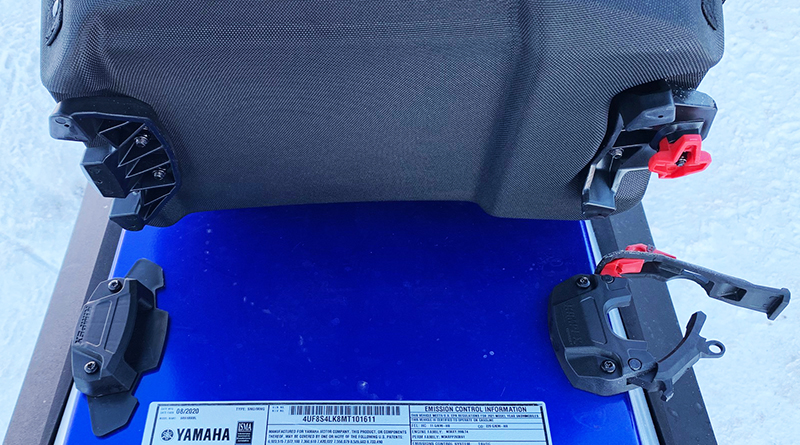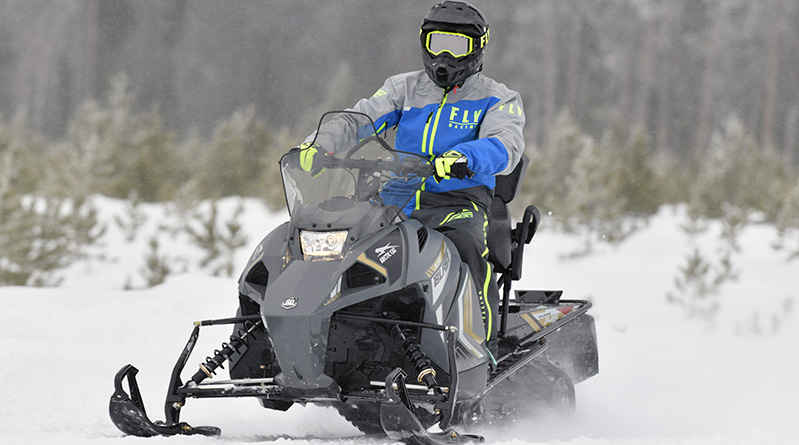A little more than 20 years ago, the easiest, most cost-effective and impactful aftermarket addition a person could make to a snowmobile was bolting on a set of aftermarket plastic skis.

In the early- to mid-1990s, replacing the stock steel or aluminum skis with a set of USI TS-201 or SLP Ultra-Lite skis, for example, brought a world of difference to the way a snowmobile drove, looked and felt, thanks to the lower drag, improved floatation, lighter weight and flexibility endemic to the ultra high molecular weight (UHMW) polyethylene material – the skis were a magic elixir.
The times have changed dramatically since then: Now plastic skis come standard on all new snowmobiles, and most are generally a pretty good match to the machine on which they are attached. Finding a big improvement with skis is tough.
There is one exception, however: For some reason Yamaha continues to equip most of its new trail sleds with a dual keel Tuner ski that, in our opinion, does a terrible disservice to the rest of the machine – creating odd handling quirks and taking confidence away from riders. Therefore, whenever we get a Yamaha demo sled for a season, one of our first discussions is which aftermarket skis to attach to its front end. It had been many years since we had used Curve Industries’ XS ski so we ordered a set for our 2018 Yamaha Sidewinder L-TX SE.
All totaled, we needed to order two XS Ski blades ($159.99 each) and two XS Loops ($39.99 each), plus a loop hardware kit ($34.99), mount kit for the specific machine ($45.95) and runners with 6-inch inserts ($74.99). For the best possible result, Curve officials included a set of the brand’s Leading Edge 4-inch attachments ($99.99 each) that mount to the ski’s underside one inch in front of the keel, bringing the total before tax and shipping to $655.88. Installation was simple – the ski assembled easily and bolted to the bottom of our Sidewinder’s spindle.
On The Trail
After previous experience with several Sidewinder models plus an initial break-in ride with our 2018 demo last December, we had a decent baseline on stock handling, so we didn’t wait long into the season before attaching the Curve XS setup. We weren’t even 10 miles into our first ride with the XS skis in place before we started appreciating the improved handling that was offered.
While the stock skis traditionally pushed in some corners and then occasionally hooked up with the outer ski and popped up the inside ski in others, the same machine with the XS skis in place was stable and predictable. That allowed us to enjoy the benefits of the widely spaced, dual A-arm front suspension that always provides such good handling on stock Arctic Cat snowmobiles, but seems less stable on Yamahas with Tuner skis.
The XS skis feature a rather unique design, with a parabolic shape lengthwise but a bit of a concave underside. The ski is 7 inches wide near the nose, narrows to 6 inches at the spindle bolt and then widens to 7.5 inches near the tail. It’s a general shape that’s been used on downhill skis for years and utilized at various times by the snowmobile manufacturers, including Arctic Cat on its new mountain ski – with the wide nose and tail providing floatation but the narrow waist to keep handling sharp.
The ski underside features a cupped/concaved valley coming from the outer edge and then rising again at the center to a gradual keel. That keel isn’t as squared off as most competitive designs – part of secret sauce, Curve officials say, is that the snow under the ski funnels and compacts in those channels and aids in control and turning. We don’t know about the science, but we do know how well the skis performed – handling was spot-on without any major suspension changes required, and steering effort was minimal despite the positive feel of a front end.
The Leading Edge insert, meanwhile, is a stabilizing system that Curve officials said is particularly popular with folks who bolt XS skis to four-stroke snowmobiles. Due to the heavier nose, a four-stroke sled is more susceptible to darting, especially under deceleration on set-up trails when weight transfers to the front of the sled. The Leading Edge is a 3.5-inch long metal bracket, with two half-inch high risers on the outer edges that sit in front of the carbide runner. Those angled risers are meant to break up the trail surface and give the runner and keel fresh snow to work with. Just like with the concave underside, it’s an interesting claim that we cannot verify, other than to say that darting was not a problem with the inserts in place.
Overall, we put nearly 1,000 happy miles on our Sidewinder with the Curve XS skis in place and were pleased with their performance in a variety of conditions. But where the skis’ effectiveness was really reinforced was when we went to test the new 2019 Sidewinders at the Rode Reports – and had to once again put up with those crappy stock Tuner skis from Yamaha.
“Dang, I wish this thing would handle somewhere close to the machine we have back home!” one test rider said after an extended ride on that 2019 preproduction unit. The only difference between the sled back home and the one he just rode: the skis.
Editor’s Note: Every Snow Goer issue includes in-depth sled reports and comparisons, aftermarket gear and accessories reviews, riding destination articles, do-it-yourself repair information, snowmobile technology and more. Subscribe to Snow Goer now to receive print and/or digital issues.


